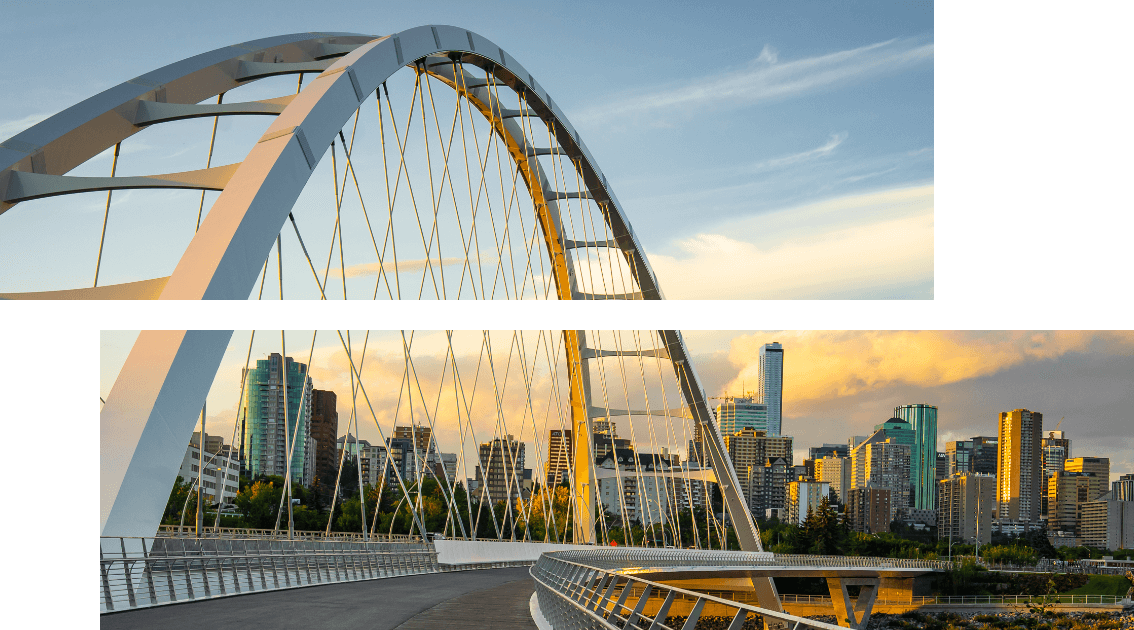On Monday, June 21st, celebrations across Canada, held virtually and in person, will take place in the name of National Indigenous Peoples Day. A day for Canadians to celebrate the cultures of our First Nations, Inuit and Metis Peoples and their contributions to the social fabric of our country. But also, to recognize the colonial history of Canada, the issues that affect our Indigenous Peoples today, and our path forward.
“While we mark National Indigenous Peoples Day, my heart is heavy with the discovery of the remains of 215 children in Kamloops, B.C., on the Residential School grounds, and my heart breaks for all the families whose children never came home. Undoubtedly, there are hundreds more buried in unmarked graves across this country,” said Robert Kucheran, Chairman, Canada’s Building Trades Unions. “My in-laws are survivors of residential school, and there are deep scars that will never be properly addressed for them, and other survivors – and shame on us for that. But what now? Committing to reconciliation means looking head on at the atrocities of the past so we will never again allow this to happen in our country. And it means taking real action to stand up for Canada and all we hope and envision this country should be. I would encourage you to take a moment to learn more about residential schools and join in the UA Canada’s Campaign on calling for more to be done to find the victims.”
“UA Canada has developed a campaign, calling on the Federal, Provincial and Territorial Governments to prioritize their commitment to Truth and Reconciliation for Indigenous Peoples and complete a full investigation into all Indian Residential Schools in Canada,” said Terry Snooks, Canadian Director of UA Canada. “Visit the website, learn more and send a letter to your Member of Parliament and Prime Minister Justin Trudeau to encourage more to be done: https://215.uacanada.ca”
Canada is on a path to reconciliation, and Canada’s Building Trades Unions recognize the responsibility we have to move forward.
“We represent 600,000 members that work in the skilled trades – including members we proudly represent from Indigenous communities from coast to coast. The pathway to becoming a skilled trades person allows for an individual to master a craft that will provide them the ability to build a lifelong career to support their family, contribute to their community and build a better Canada,” said Sean Strickland, Executive Director, Canada’s Building Trades Unions. “Over the years, we have taken steps to identify systemic barriers that exist in our organization and to those interested in starting and completing an apprenticeship. We have opened the door to frank conversations on the need to do more. We’ve developed training and educational materials from our Build Together program, to Indigenous Awareness Training that hundreds of union leaders have taken since its launch. We’re proud of that work, and we will continue it. Because we’re committed to honouring the Truth and Reconciliation report. We remain steadfast in our work to build a better Canada with our Indigenous brothers and sisters.”






